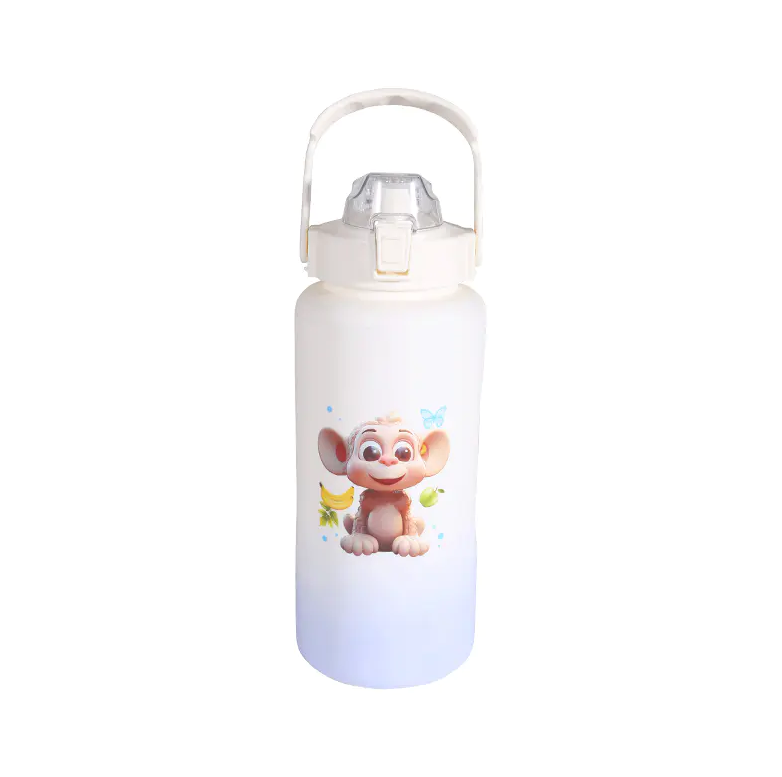As consumers become more health-conscious, one common question arises regarding leak proof plastic water bottles: Are the materials used in these bottles safe and non-toxic for human use? This concern is justified, given the frequent contact between the bottle and drinking water or other beverages. In this article, we will explore the types of materials typically used in leak proof plastic water bottles and evaluate their safety in terms of human health.
Common Materials Used in Leak Proof Plastic Water Bottles
Most leak proof plastic water bottles are made from types of plastic known for their durability, light weight, and resistance to breakage. The most commonly used materials include:
Polypropylene (PP): Known for its high melting point and chemical resistance, PP is often used in bottle caps and seals.
Polyethylene Terephthalate (PET): A popular choice for water bottles, PET is clear, strong, and recyclable.
High-Density Polyethylene (HDPE): Frequently used for opaque bottles, HDPE offers excellent chemical resistance.
Tritan™ Copolyester: A newer plastic material that is BPA-free, impact-resistant, and clear, often marketed as a safer alternative.
Health Concerns: BPA and Other Chemicals
One major safety issue surrounding plastic water bottles is the presence of Bisphenol A (BPA), a chemical historically used to harden plastics. Studies have linked BPA to hormone disruption and other health risks. Fortunately, most modern leak proof plastic water bottles are manufactured to be BPA-free, with many brands explicitly labeling their products as such.
Besides BPA, there are other chemicals, such as phthalates and styrene, that can pose health risks if leached from plastic into water. High-quality leak proof plastic water bottles generally comply with strict regulatory standards to minimize such risks. Users should look for certifications from agencies such as the FDA (Food and Drug Administration) or EFSA (European Food Safety Authority).
Durability and Material Safety
Leak proof plastic water bottles must endure frequent use, cleaning, and exposure to temperature variations without degrading. Durable plastics like Tritan™ are designed to withstand repeated washing and temperature changes without releasing harmful chemicals. However, over time, plastic bottles that develop scratches or cracks may increase the risk of chemical leaching.
To ensure safety, it is recommended to replace plastic bottles showing signs of wear or damage. Avoid exposing bottles to extreme heat, such as boiling water or direct sunlight, as heat can accelerate chemical breakdown.
Alternatives and Consumer Tips
For those worried about plastic safety, alternatives like stainless steel or glass bottles are available, though they may be heavier or less convenient. However, high-quality leak proof plastic water bottles remain a popular choice due to their lightweight design and durability.
Consumers should consider these tips when selecting and using leak proof plastic water bottles:
Choose BPA-free labeled products.
Avoid using bottles with visible cracks or scratches.
Do not expose bottles to high temperatures or microwaves unless specified as safe.
Clean bottles regularly with mild soap and avoid harsh chemicals.
Conclusion
In summary, the materials used in most modern leak proof plastic water bottles are generally safe for human use when sourced from reputable manufacturers. The widespread move towards BPA-free plastics and adherence to safety regulations have significantly reduced health concerns. Proper use, maintenance, and timely replacement further ensure that these bottles remain a healthy choice for hydration on the go.
